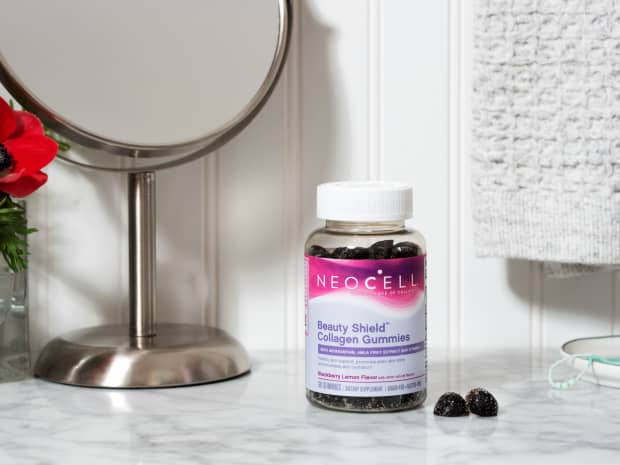
How does collagen help aging skin & should you supplement with it?
Learn how your body’s natural collagen works and how collagen skincare and supplements help it.
Read More

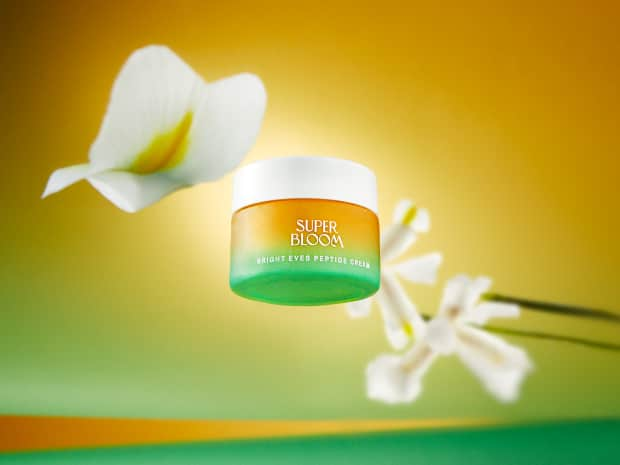
Last Updated: September 9, 2021
Discover the amazing benefits of peptides, how they work on your skin, and tips for implementing them into your skincare regimen.
If you are even remotely curious about skincare, you’ve probably heard the word “peptides” tossed around a lot lately. Touted for its “anti-aging” benefits and reparative properties, they certainly are a hot topic for discussion.
But how do they work, and how do you know if you’re choosing the right product?
We called up skincare expert Celeste Lutrario, Grove’s personal care product development fellow, to ask her about all things peptides, as well as why healthy skin goes beyond appearance.
This article is for informational purposes only. It is not, nor is it intended to be, professional medical advice, diagnosis, or treatment. Please consult with a physician or other healthcare professional regarding any medical or health related diagnosis or treatment options.
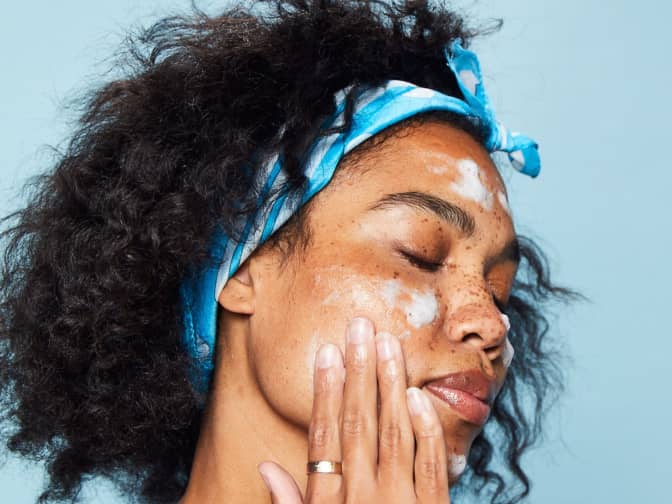
Celeste Lutrario: To understand peptides and their function you must first understand the role of amino acids. Amino acids are organic compounds that combine to form proteins and are considered to be the building blocks of life. They are responsible for repairing body tissue, allowing the body to grow, digest food, build muscle, and strengthen your immune system.
All processes are built on a foundation of amino acids. Some amino acids are produced within the body and some must be acquired by food and supplements.
Peptides are made up of short chains of amino acids, usually somewhere between 2–20. These chains combine together to build larger chains of amino acids called proteins.
CL: Proteins are longer molecules — usually 50 or more — of amino acids. Proteins are chains of peptides connected by what are called peptide bonds. This is why you will hear people say peptides are the building blocks of proteins.
Polypeptide chains combine to form proteins. These proteins (again made up of many amino acids) stimulate processes in the body to make it stronger, allow it to process better, and keep it healthy.
Proteins for skin and hair care are things like collagen, elastin, and keratin which give the skin, hair, and scalp their texture, strength, and resilience. These proteins are built by a sequence of peptides. Without these, skin becomes less firm, develops more wrinkles, and loses texture — elements that we call “the signs of aging.”
Collagen, for example, is a protein made up of three polypeptide chains. Adding peptides to the skin can stimulate the production of collagen-rich skin, thus creating firmer, better-textured skin.
Grove Tip
Copper peptides are made up of copper, the natural element, and three amino acids.
It’s just another type of peptide you may find in skincare or supplements.
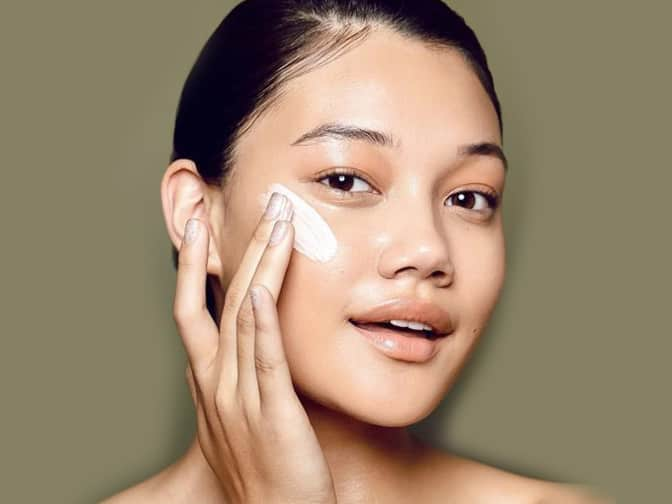
Note: These statements have not been evaluated by the Food and Drug Administration. This product is not intended to diagnose, treat, cure, or prevent any disease.
CL: As we age, collagen, elastin, and keratin production slows down. Adding peptide cream topically or supplements orally can increase the production of these proteins. However, just putting a cream on your skin doesn’t necessarily increase the production of these proteins.
The body works by signals or messengers — the things that tell your body to begin the steps to start the process. Peptides send signals to the body that it needs to heal, or, in the case of skincare, to produce more collagen in specific areas where it is needed.
The body then sends these peptides to weak points in your body (i.e., If you hurt your shoulder, the body sends relevant peptides to that area of your body to heal itself).
For the skin, if you introduce skin specific peptides, it tricks your body into thinking it is injured and it stimulates collagen production and begins the process of building collagen.
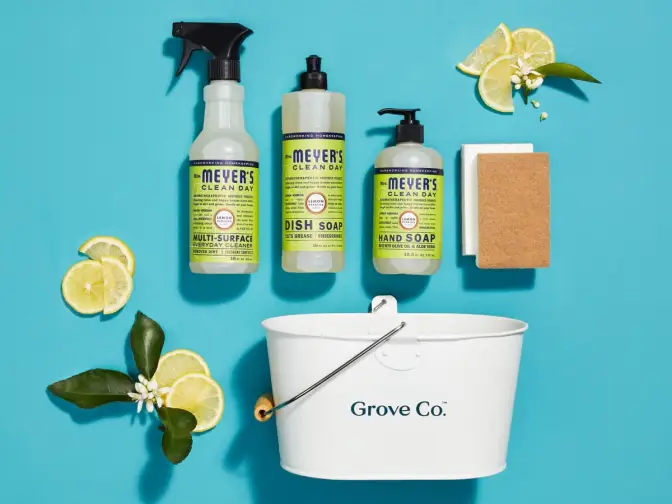
Wondering who Grove is, what types of products we offer, and how to get a free gift set when you sign up? Learn more about flexible monthly shipments, customizing your shipment, and joining millions of happy households — no monthly fees or commitments required.
CL: Peptides can provide a boost in collagen, elastin, and keratin production by allowing the body to build the necessary proteins (and amino acids) needed to begin repair of these depleted compounds.
These compounds are responsible not only for reducing the signs of aging, but they also, and more importantly, promote healthy skin.
Many times, skincare products provide temporary fixes to have the skin appear healthier for the day but actually unbalance the skin making it less healthy.
Peptides create healthy skin by encouraging and strengthening a natural process the body performs and providing balance that creates longer term health.
With this the skin will become:
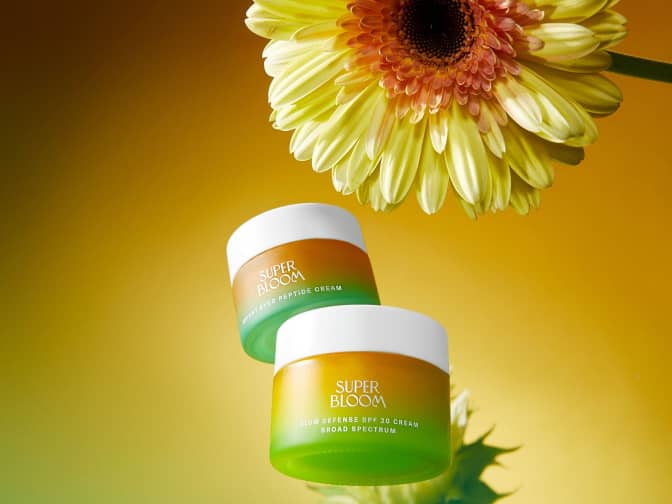
There is no specific form for the right peptide product (cream, lotion, serum, etc). What is more important is that the product easily and quickly absorbs into the skin.
If the product is a peptide serum for your face, it should be applied to the skin immediately after cleansing and before putting on a cream or lotions after it. Creams or lotions can block the absorption rate of serums so always apply the serum first.
CL: Peptides have very chemical sounding names so don’t be alarmed. They usually end in the suffix “-peptide” or begin with the word “palmitoyl.”
Here are some common peptides currently being used in skincare:
There are also some trade names you may see:
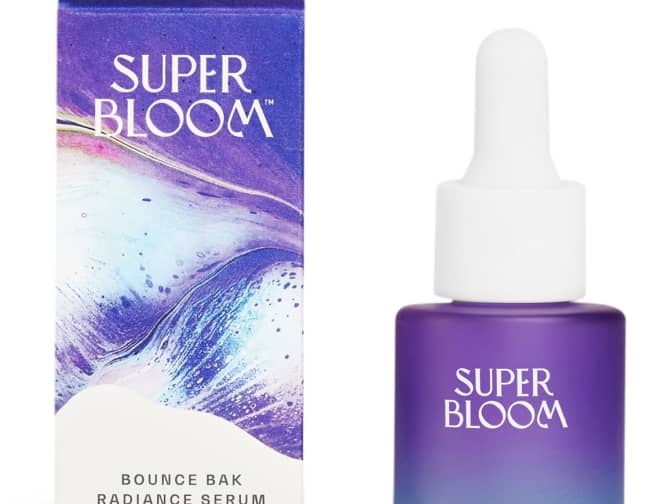
This depends on the skin condition you’re trying to correct. If, for example, you have an issue with acne, the addition of niacinamide or salicylic acid would be beneficial.
For common signs of aging, hyaluronic acid or a natural retinoid like Bakuchiol would assist in reducing the appearance of aging.
Also AHA, BHA,and PHAs would be beneficial. I prefer PHAs since they are not harmful when exposed to the sun like AHA and BHA are.
Grove Tip
There are not any specific ingredients that can not be mixed with peptides.
CL: For actives, you want to get the product into the skin rapidly so it can be absorbed.
So serums should go on first since they can be blocked by emulsion products such as creams and lotions.
The products you buy should be easily absorbed. Normally, lotions absorb faster than creams.
CL: It is okay to use multiple products with peptides, and it doesn’t have to be just one.
And, when using a night cream, there is a myth that it should be heavier to provide more benefit for moisturization and absorption of actives throughout the night. But, it really has nothing to do with thickness and more to do with absorption.
So it is best to either pick a cream that absorbs quickly and fully, or use a lotion (after applying the serums first, of course).

Learn how your body’s natural collagen works and how collagen skincare and supplements help it.
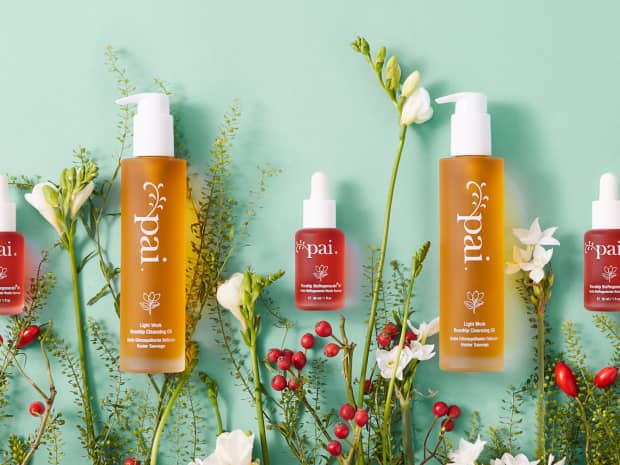
We've pulled the top 18 anti-aging skincare products as determined by Grove members. Select from any on the list and get them delivered to your door!
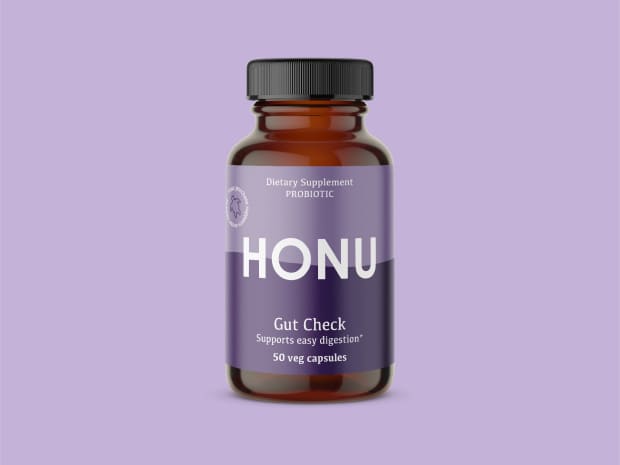
Learn how to nourish the body’s natural microorganisms with prebiotic and probiotic skincare vs. supplements.
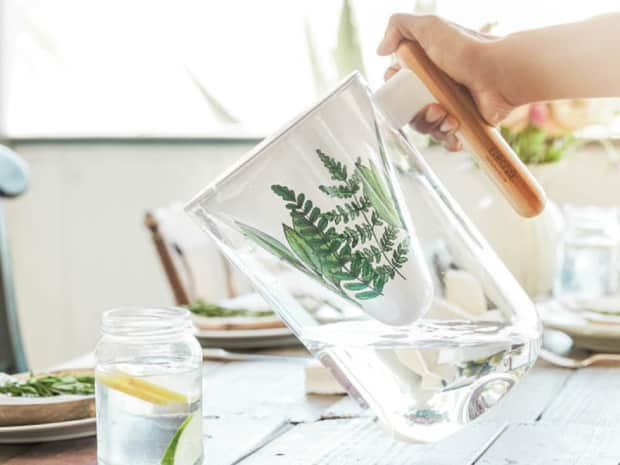
Can vitamin C thwart illness and also act as an effective weapon for your skin?